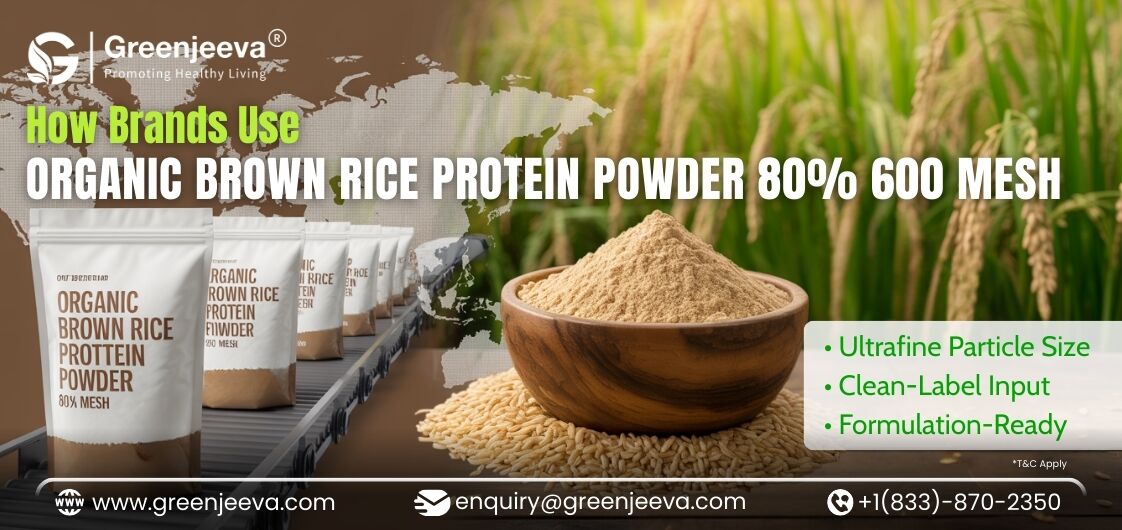Managing Supply Chain Risks for Spice Extract Manufacturers

In the highly competitive spice extract industry, manufacturers face numerous challenges when it comes to managing their supply chains.
From sourcing high-quality raw ingredients to ensuring product consistency, safety, and timely delivery, the supply chain plays a critical role in the success and reputation of spice extract manufacturers.
In this blog, we will delve into the key supply chain risks faced by spice extract manufacturers and discuss effective strategies to mitigate these risks while ensuring a seamless flow of ingredients and maintaining product integrity.
Understanding Supply Chain Risks
The spice extract industry is susceptible to various risks that can disrupt the supply chain.
These risks can arise from external factors such as unpredictable weather conditions affecting crop yields, geopolitical events impacting trade routes, and regulatory changes affecting import/export processes.
Internal factors such as unreliable suppliers, transportation bottlenecks, and quality control issues can also pose significant risks. It is essential for spice extract manufacturers to have a comprehensive understanding of these risks to effectively address them.
Supplier Qualification and Management
One of the crucial steps in mitigating supply chain risks is to carefully select and manage suppliers. Spice extract manufacturers should prioritize working with reliable and reputable suppliers who meet strict quality standards and adhere to ethical sourcing practices.
Implementing robust supplier qualification processes, including assessments of their certifications, compliance records, and reputation, helps ensure the reliability and consistency of the raw ingredients.
Building strong relationships with suppliers and maintaining open communication channels fosters transparency and enables prompt resolution of any issues that may arise.
Diversification of Suppliers and Geographic Locations
To minimize the dependency on a single supplier or geographic region, spice extract manufacturers should explore diversification options.
By expanding their supplier networks and sourcing from multiple regions, manufacturers can reduce the risk of supply disruptions caused by factors like natural disasters, political instability, or trade conflicts.
Evaluating the risks associated with specific regions or suppliers and actively seeking alternative sources of ingredients can enhance the resilience of the supply chain.
Quality Control and Testing
Ensuring consistent product quality and safety is paramount for spice extract manufacturers. Implementing stringent quality control measures throughout the supply chain is essential.
Regular testing and analysis of raw ingredients for purity, potency, and potential contaminants help identify any deviations from quality standards.
Collaborating with accredited third-party laboratories and obtaining relevant certifications provide additional assurance of product quality and regulatory compliance.
Proper documentation and traceability of ingredients from source to finished product contribute to maintaining high standards.
Effective Communication and Collaboration
Communication and collaboration are key components of a well-functioning supply chain. Spice extract manufacturers should establish strong relationships and open lines of communication with suppliers, manufacturers, distributors, and logistics partners.
Proactive communication enables early detection of potential supply chain disruptions and facilitates swift resolution.
Sharing information and best practices among supply chain stakeholders helps improve overall efficiency, address challenges collectively, and drive continuous improvement.
Conclusion
Managing supply chain risks is vital for spice extract manufacturers to ensure a seamless flow of high-quality ingredients, maintain product consistency, and meet customer demands.
By understanding the challenges and implementing effective strategies, manufacturers can mitigate risks and strengthen their supply chains.
Green Jeeva, with its expertise in sourcing and supplying premium spice ingredients, supports spice extract manufacturers in overcoming supply chain challenges.
By partnering with Green Jeeva, manufacturers can access a reliable and diverse supply chain, ensuring a steady flow of quality ingredients and maintaining their competitive edge in the industry.
**These statements have not been evaluated by the Food and Drug Administration. This product is not intended to diagnose, treat, cure or prevent any disease.**


.jpg)


.jpg)
